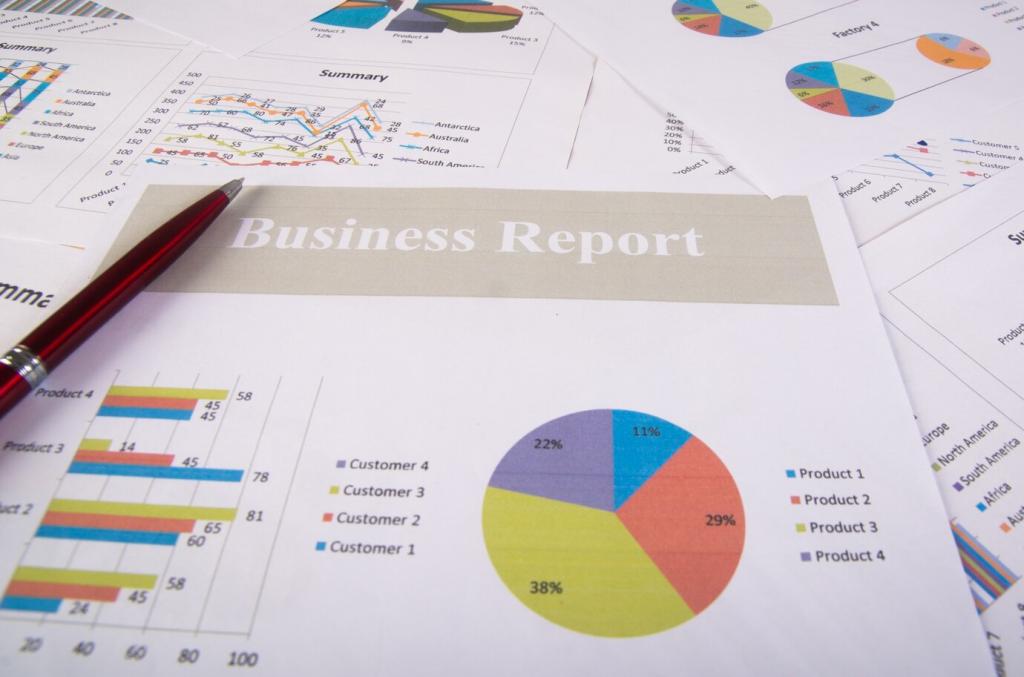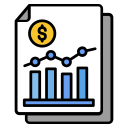Collaborative Approaches in Economic Reporting
Chosen theme: Collaborative Approaches in Economic Reporting. Explore how shared expertise across newsrooms, researchers, and communities can illuminate markets, policy, and livelihoods with clarity and empathy—then join the conversation, contribute tips, and subscribe for ongoing collaborative calls.

Why Collaboration Matters Now
When reporters pool datasets and perspectives, patterns emerge that a single newsroom could miss. A regional wage dataset plus a national inflation series can reveal real purchasing power stories, not just headline percentages.
Building Cross-Newsroom Partnerships
01
Finding the right allies
Look for complementary strengths: one outlet with strong data skills, another with deep community ties, a third with policy expertise. Together they can map markets, wages, prices, and public budgets with uncommon depth.
02
Setting shared goals and beats
Begin with a concise charter naming the economic indicators, populations, and timelines you will cover. Agree on deliverables, update cadence, and what success looks like for readers who rely on practical, timely insights.
03
Legal, editorial, and access agreements
Clarify rights to raw data, publication windows, and attribution standards up front. Shared editing calendars and consistent style guides prevent confusion later and keep every partner accountable to the same quality bar.
Data Sharing and Standardization
Define variables, units, and geographic keys before collecting numbers. A small team once unified three price indices by documenting sources, base years, and seasonal adjustments, unlocking meaningful comparisons across neighborhoods.

Working with Academics and Think Tanks
Invite economists early to shape measurable questions grounded in community needs. Defining hypotheses together prevents fishing expeditions and yields findings that stand up to scrutiny and truly matter to readers.
Working with Academics and Think Tanks
A light, pre-publication review by independent experts catches methodological pitfalls. One collaboration avoided overstating causality in a jobs analysis because a scholar flagged confounding factors before the story went live.



Use a central hub for assignments, datasets, meeting notes, and style guides. Simple templates for charts, methodology boxes, and sourcing keep every partner aligned and accelerate publishing under tight deadlines.
Tools and Workflows That Make Collaboration Work
Ethics, Attribution, and Trust
List reporters, data analysts, editors, and community partners by name and role. That clarity honors contributions, reduces conflict, and shows readers the breadth of expertise behind the final story.
Ethics, Attribution, and Trust
Mask identifiers, aggregate where needed, and explain your thresholds. If publishing small-area estimates risks re-identification, share methodology and rationale for withholding, then invite feedback on safer approaches.


